Are Ant-Man’s Ants Realistic?
Are Ant-Man’s Ants Realistic?
In honor of National Superhero Day this Friday, April 28, we wanted to take a closer look at one of the most popular insect-themed superheroes: Ant-Man! Well, technically, not at Ant-Man himself. Our focus today is on his loyal ant army that is utilized in different ways across his 3 movies in the MCU. Although these ants are computer-generated and have slightly exaggerated personalities to complement the stories, they seem to be ordinary ants that we see all the time – or are they? Let’s analyze each of the key powers and traits of these fictional ants to see how they compare to the real pests, which may be more super than they seem.
Real Research
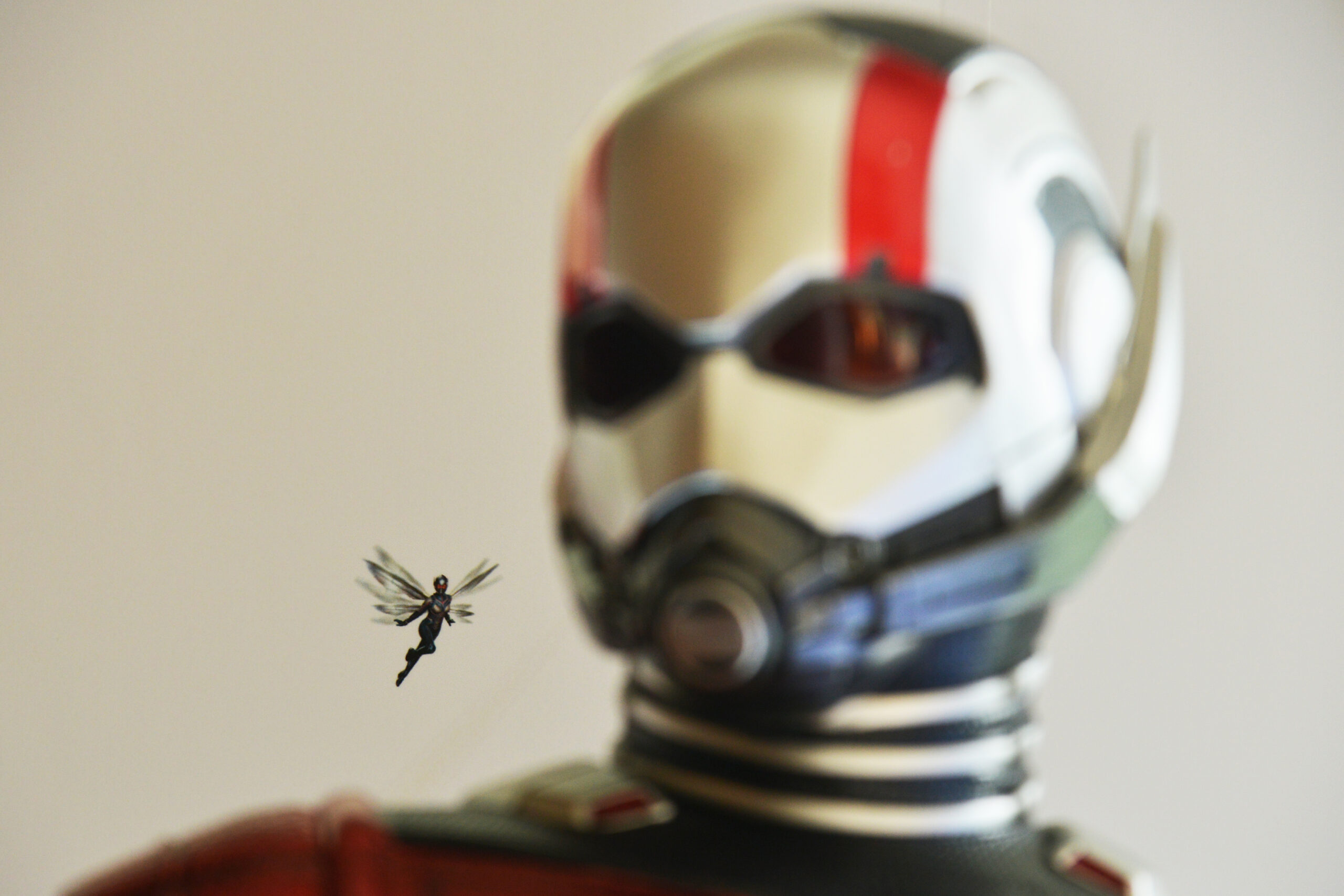
We would be remiss if we didn’t mention the research and intentions behind the ants as characters in the Ant-Man movies. Jake Morrison, the Visual Effects Supervisor on Ant-Man, dove into the world of ants in order to depict them correctly in the film. His goal was to keep the features of the ants accurate while also adding some quirks, as he said he wanted to make the ants “‘a character in the movie in the sense that we want people to feel for them, be rooting for them’” (Ulaby, 2015). If the ants were just ordinary ants that were thrust into the MCU, there wouldn’t be a reason to like them, considering all of the frustrating experiences people have with real ants. Morrison liked the idea of giving the ants a bit of a puppy personality, such as how they enjoy receiving affection and have a spring in their step. His research and the creative team’s hard work certainly paid off, as certain myrmecologists (ant specialists) agreed that the ants in Ant-Man have realistic powers and tendencies, for the most part. But across the 3 movies, there are both facts and fallacies to be found in these heroic fictional insects.
Super Strength

This power is shared by Ant-Man, Wasp, and the actual ants in the films. In the first film, Hope has to train Scott in the proper way to punch someone, as losing control of their strength while shrunken down could be fatal to their targets. This is because when Scott and Hope are in their respective suits, they retain their normal strength levels even when they shrink down to the size of an ant. This feature gives the illusion of super strength that they can use to their advantage, but the ants don’t need specialized suits to achieve this. They carry multiple large objects throughout the series, such as Scott’s suit, power tools, and the equipment needed to build their advanced society in the quantum realm. This is one of the most realistic features of the ants in these movies, down to the fact that each individual ant can lift items that should be impossible for them to handle.
In reality, ants are some of the strongest insects around. Different sources provide various numbers, but most of them agree that ants can carry objects that are up to 50 times their own weight. Actual ants tend to stick with food particles and crumbs, but who’s to say that they couldn’t work together to carry a super suit into a jail cell? Ants are able to carry this much because of their exoskeletons. Since their skeletal structure is on the outside of their bodies, the ant doesn’t have to support its own weight like other creatures do. Despite their clear displays of super strength, Hank Pym assures Scott that these creatures are harmless when the younger Ant-Man is initially fearful of the swarm of ants around him. Given the real pests’ strength, it is not entirely illogical that Hank’s ants can carry out his scientific plans and construct a portal to the quantum realm. They just need some guidance on what to do and the schematics of the objects they need to build, but that is normal…or is it?
Follow the Leader
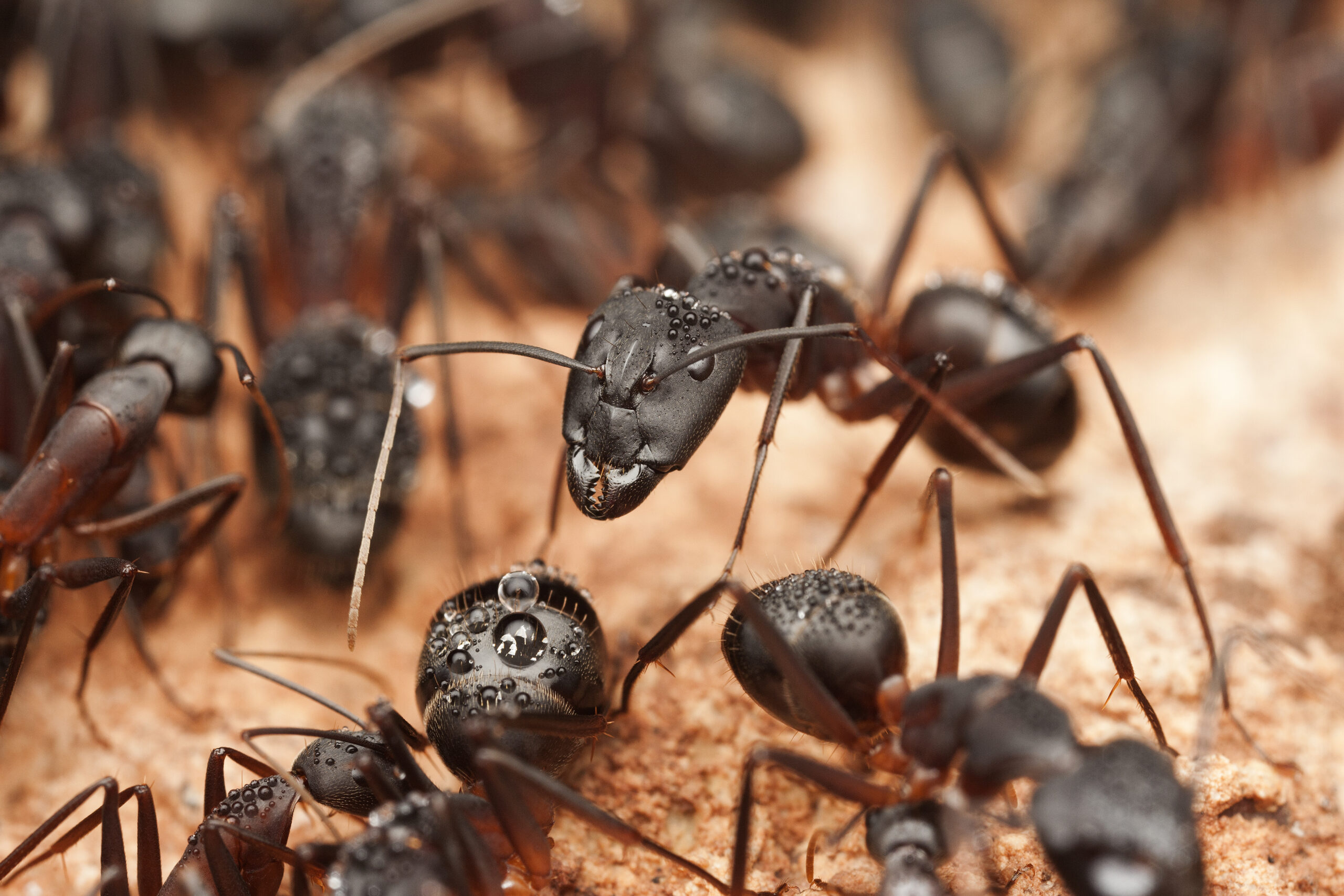
Arguably the most essential feature of the ants in the Ant-Man films is that they will listen to anyone with the special device that Hank created and built into both the Ant-Man and Wasp helmets. Hank, Hope, and Scott are all able to command the ants without saying a word by using the EMP communication device. It utilizes electromagnetic waves that stimulates the olfactory nerve centers on the ants, primarily through pheromones. When the person has the device in their ear and focuses their thoughts, they can command the ants to go to a certain place, create structures to hold Ant-Man up, or follow a written set of instructions. In the first movie, Hank explains to Scott that the ants need a leader and actually thrive on receiving silent commands from one of the few humans that can.
Hank is a genius when it comes to inventing Pym Particles and crafting super suits that can both shrink and grow, but one of his foundational ant principles is not true. Not only do real ants lack a leader of their own, they do not necessarily need one, contrary to Hank’s belief. There are two main roles of ants in a colony: the workers and the queen. Workers do just about everything to keep the colony functioning, such as gather food, dig tunnels, help the queen, and care for their young. Despite her royal title, the queen ant is not the leader of the colony. Her only jobs are to continuously lay more eggs and eat to keep up her strength for that crucial task. While the queen doesn’t command her colony, the workers naturally work as one mind to accomplish their goals and keep their colony safe. Everything that an ant does, it does for its home and family. The hardworking nature of the ants was certainly translated into the Ant-Man movies, but we suppose if the writers decided that these ants need a leader, the Ant-Men and the Wasp are the most sensible choices for the position.
The Good of the Colony
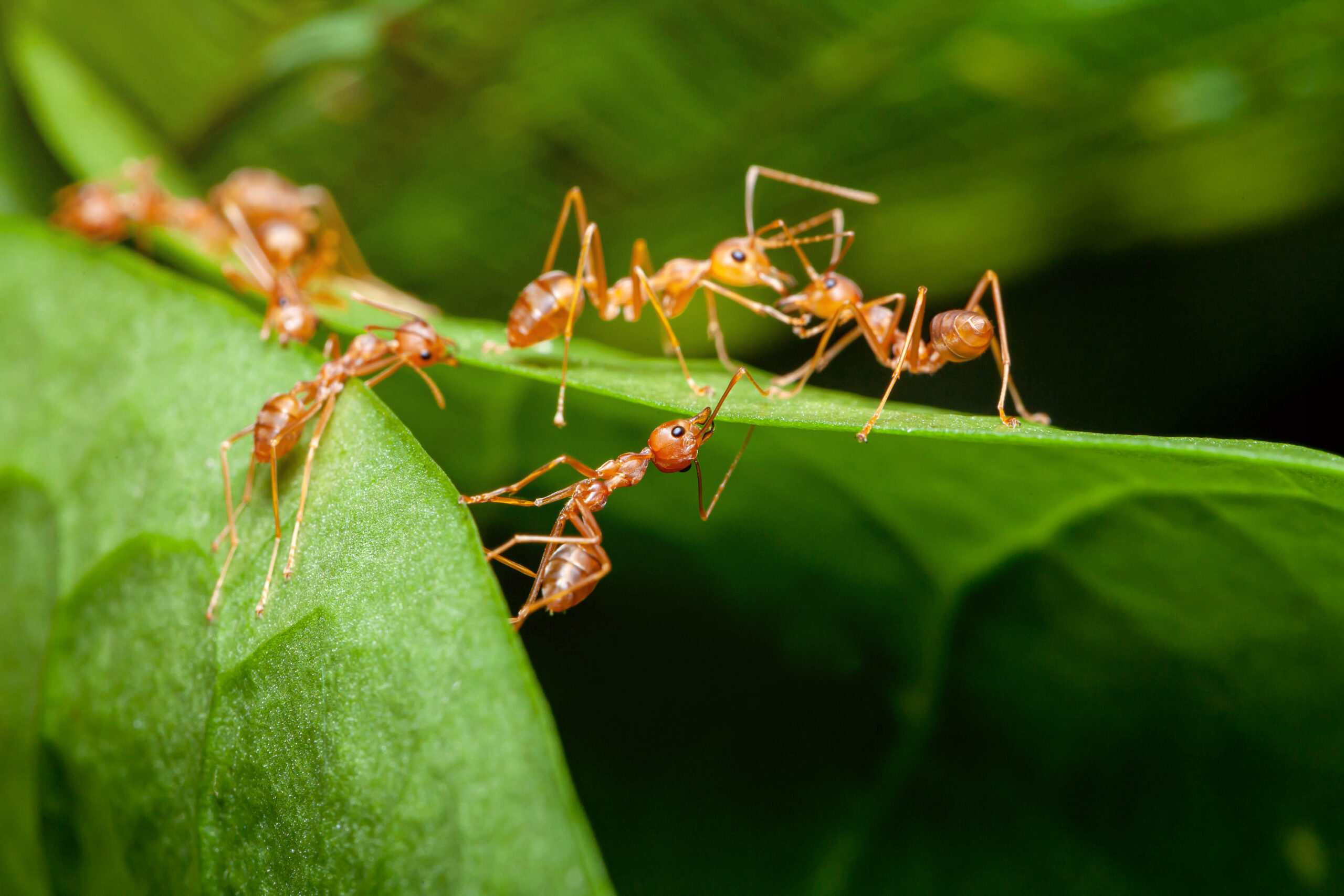
We’ve determined that both Hank’s ants and real ants work together for the colony, but there are some differences in the analytics of the fictional insects. For one, the ants are broken up into groups by Hank or Scott rather than separating naturally. Scott separates ants into squadrons for his mission to break into the Avengers compound, but the fact that he takes the species’ strengths into account is more accurate to how real ants would separate themselves. Hank does this practice in the first movie as well, but the ant species all blend together in the second and third films in the series. Worker ants may be in the same general group, but they naturally break up in different subgroups depending on their jobs. The workers guard the nest, gather food, break down organic matter, tend to the queen, feed the young ants, and clean up their home. They may look identical, but real worker ants have completely distinct skill sets that make each one vital to its colony.
The main difference between Ant-Man’s ants and the actual insects is their gender. In reality, all worker ants are females. There are just a few males per colony, and they die shortly after mating with the queen. In the Ant-Man movies, all of the highlighted ants are males. It’s possible that Hank’s colonies have both males and females, but it is not a confirmed detail. In fact, the only reason why we know that these ants are male is because Scott humanizes them more than Hank, at least initially. Hank sees the ants as a unit of tools and defenders that he can use to complete his missions. He understands the work ethic and ferocity of the ants, but he does not truly allow them to take credit for their ingenuity until Ant-Man and the Wasp: Quantumania where he actually expresses his admiration for these insects. On the other hand, Scott cares for the ants almost immediately. He is understandably put off by them at first, as most people are when confronted with a swarm of ants of any species. But he eventually gifts the standout ants with fun names, like Ant-ony and Ant-onio. While these names are enjoyable puns, they all point towards the ants being males. If the Ant-Man series was completely accurate, the names would be more like Ant-oinette and Ant-onia.
We Live in a Society
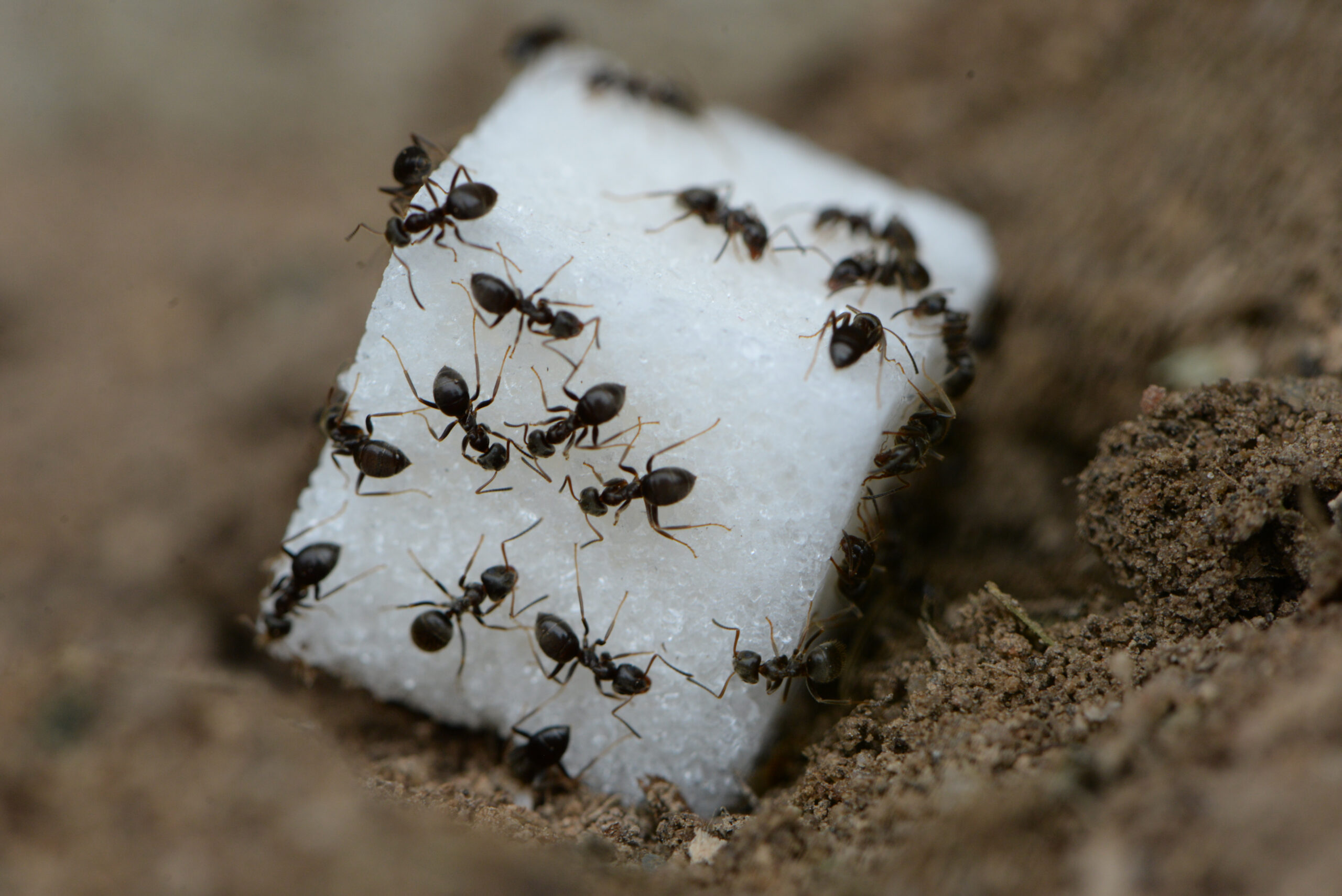
Apparently, given a thousand years in the quantum realm, ants are capable of building their own advanced technological society with the sole motivation of being reunited with their beloved leader Hank. Time moves differently in the quantum realm, which allowed the ants that also fell into the portal to construct advanced buildings and evolve their minds to function at higher levels than ever before. Of course, this whole Quantumania scenario is extreme, even by the standards of the other Ant-Man movies. Real ants may not be constructing buildings and advanced tools, but they are able to put their minds together and accomplish things that other insects would never be able to do. For example, did you know that ants farm aphids? They will move the aphids from plant to plant in order to get more honeydew (a sweet excrement) from the smaller insects. It’s no technological society in a different realm, but this is still pretty impressive for insects.
Even within all of the wild accomplishments that Hank’s ants have in these films, there are some truths to be found. Maybe not the fact that they successfully built a portal to the quantum realm in Ant-Man and the Wasp; rather, the smaller details that are easy to overlook. One is how Scott reacted to certain functions in Ant-Man. When Hank mentally commanded his loyal ants to carry sugar cubes to Scott’s cup of tea, Scott politely declined the ant-touched sugar. This was a smart move on his part since real ants contaminate any food they touch due to the harmful pathogens they can carry from previous environments. Another truthful detail is how the ants, along with shrunken Ant-Man and Wasp, can enter and exit unnoticed. Unless ants arrive in a massive swarm, it is easy to overlook a few tiny ants on the ground, especially in a top secret location where the guards are looking for infiltrations of a larger size. The third accurate detail, and possibly the largest plight of ants, is how often they are eaten by seagulls in Ant-Man and the Wasp. Scott’s attempts to use a flying ant to get to the ship with Hank’s shrunken lab (yes, you read that right) are to no avail because of some hungry birds. Birds of any kind are possibly the most common and dangerous predators of insects, including ants, and would definitely ruin an ant-led mission if the insects got too close to the birds.
Specialist Species
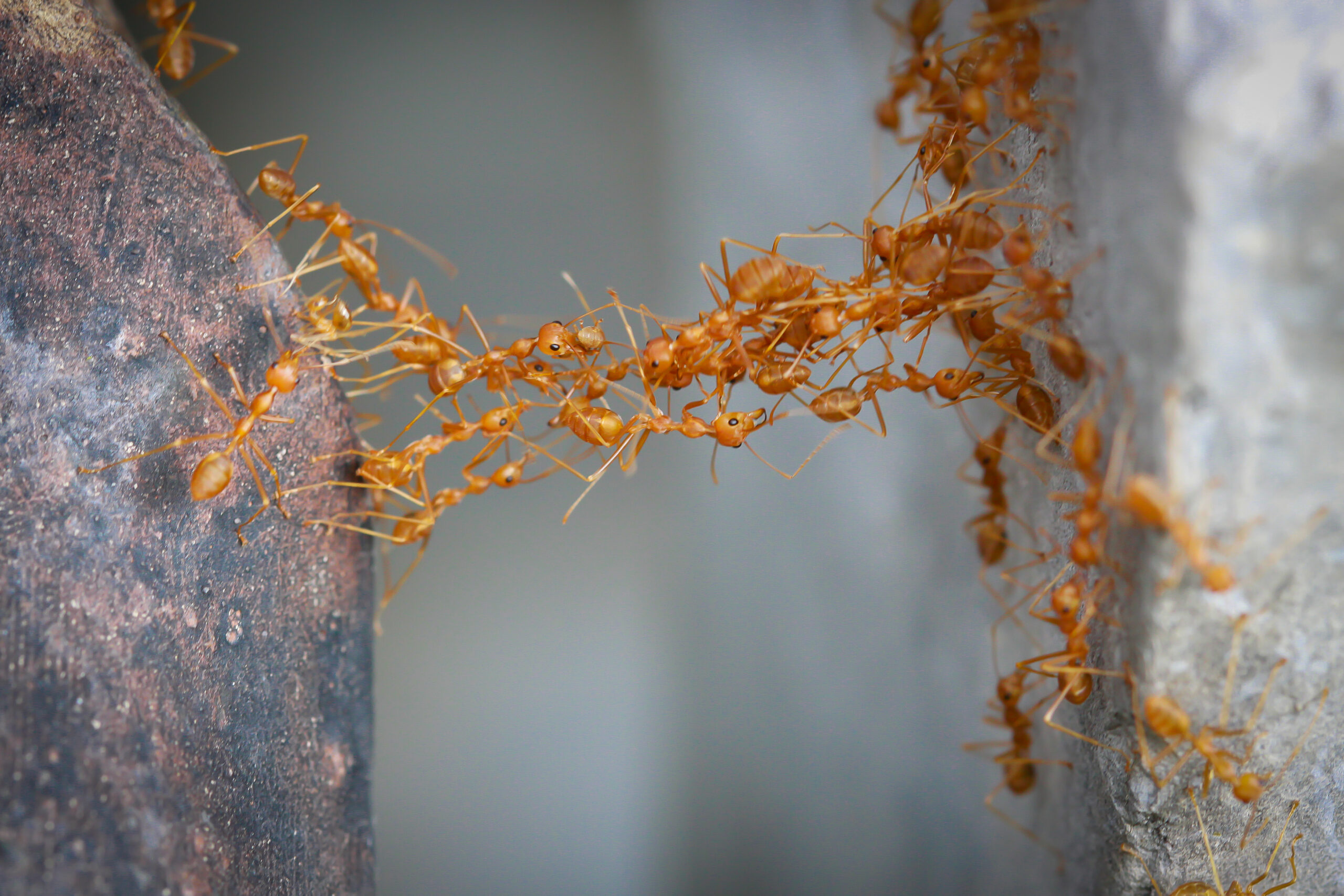
Out of the 12,000 ant species in the world, 4 lucky ones were highlighted as Hank’s chosen forces due to their various abilities that prove quite useful in a superhero mission. Each species had its own purpose, whether it was to assist in retrieving a stolen suit or to be the getaway flight for Ant-Man. Since real ants only need to sleep for a few minutes at a time, multiple times a day, there is plenty of time for them to accomplish their own tasks and continue expanding the colony. We don’t get to see how Hank’s ants rest, but there must be even less time to relax when the fate of the world (or the quantum realm) is in the hands of ants. The four ant species in Ant-Man are carpenter ants, bullet ants, crazy ants, and fire ants. Each one is actually pretty close to the real deal, save for a few exaggerated details for the sake of exciting storytelling.
The carpenter ants are used primarily for flight, as Hank notes that they are strong fliers for Ant-Man due to his suit’s lack of wings. The only real carpenter ants that have wings are swarmers, and they are responsible for scouting out rotten wood in suburban areas for the colony to nest within. Hank deploys his bullet ants as weapons due to their painful stings, which Scott thankfully doesn’t have to endure thanks to his careful steps around them. In reality, bullet ants are omnivores that will not hesitate to attack anyone who disturbs their nest, but their behavior depends on the environment. Crazy ants are used in the main Ant-Man mission to conduct electricity and get Scott safely into the Yellowjacket suit’s chamber, and these ants are noticeably agitated. While actual crazy ants can technically conduct electricity, it is usually on accident that they damage wiring on electronic devices. Finally, Scott utilizes the dexterity of fire ants to form a raft and carry him throughout the water. This act may seem contradictory to their name, but fire ants do like to stay near the ground and can work together to form rafts or other structures to help them survive extreme circumstances. The fictional ants that work with Ant-Man and the Wasp to save the world may be more endearing than real ants, and most of their abilities and specialties are not far from the abilities of the actual pests that are more focused on stealing our food than on building a portal into a different dimension.
Pests’ Powers Are Useless Against Pointe
Whether you’re battling a colony of super ants or a dangerous black widow spider in the garage, Pointe Pest Control is here to help! Our team of experienced technicians knows the patterns and preferences of pests, and use this knowledge to inform the treatments used against each issue. We provide long-term solutions, not temporary fixes, for dozens of common pests. And since our treatments are environmentally-friendly, you don’t have to worry about dangerous chemicals lingering around your family and pets. For more information on our excell-ant (get it?) pest control services, contact our team today!
***Disclaimer: Section 107 of the United States Copyright Act recognizes “fair use” copywriter content as such: “Notwithstanding the provisions of sections 106 and 106A, the fair use of a copyrighted work, including such use by reproduction in copies or phono-records or by any other means specified by that section, for proposes such as criticism, comment, news reporting, teaching, scholarship, or research, is not an infringement of copyright.” This blog post may contain certain copyrighted works and characters that were not specifically authorized to be used by the copyrighted holder(s), however, the content on this post qualifies as “commentary” on the copyrighted works under the “fair use” doctrine of the U.S. Copyright Act and is thereby protected by federal law. Furthermore, we do not claim any ownership or creative rights of any characters on this list, and all rights outside of the fair use doctrine belong to the respective owner(s).
Citations
Ant-Man. (n.d.). Marvel Cinematic Universe Wiki. Retrieved March 13, 2023, from https://marvelcinematicuniverse.fandom.com/wiki/Ant-Man
Ants. (n.d.). Marvel Cinematic Universe Wiki. Retrieved March 13, 2023, from https://marvelcinematicuniverse.fandom.com/wiki/Ants
Da-Silva, E.R. (Dr.) & de Campos, T.R.M. (2016). Ants in the Ant-Man movie, with biological notes. Journal of Geek Studies. Available at https://jgeekstudies.org/2017/08/27/ants-in-the-ant-man-movie-with-biological-notes/ (Accessed on March 13, 2023).
Erdmann, K. (2023, March 4). The MCU finally remembers Ant-Man’s original power. Screen Rant. Available at https://screenrant.com/mcu-ant-man-ants-original-power/ (Accessed on March 13, 2023).
Ewing, J. (2023, February 19). The ants are better than ever in Ant-Man and the Wasp: Quantumania. Slash Film. Available at https://www.slashfilm.com/1204153/the-ants-are-better-than-ever-in-ant-man-and-the-wasp-quantumania/ (Accessed on March 13, 2023).
Latty, T. & Forster, C. (2023, March 2). Ant-Man is only tapping into a portion of the real superpowers of ants. Phys.Org. Available at https://phys.org/news/2023-03-ant-man-portion-real-superpowers-ants.html (Accessed on March 13, 2023).
Paige, R. (2023, February 17). ‘Ant-Man and the Wasp: Quantumania’ – Unpacking Hank Pym’s ant obsession. Marvel. Available at https://www.marvel.com/articles/movies/ant-man-and-the-wasp-quantumania-unpacking-hank-pym-ants (Accessed on March 13, 2023).
Ulaby, N. (2015, July 26). Getting the ants in ‘Ant-Man’ right was no tiny challenge. NPR. Available at https://www.npr.org/2015/07/26/426509222/getting-the-ants-in-ant-man-right-was-no-tiny-challenge (Accessed on March 13, 2023).
Request a Free Quote Today
(We do not share your data with anybody, and only use it for its intended purpose)
